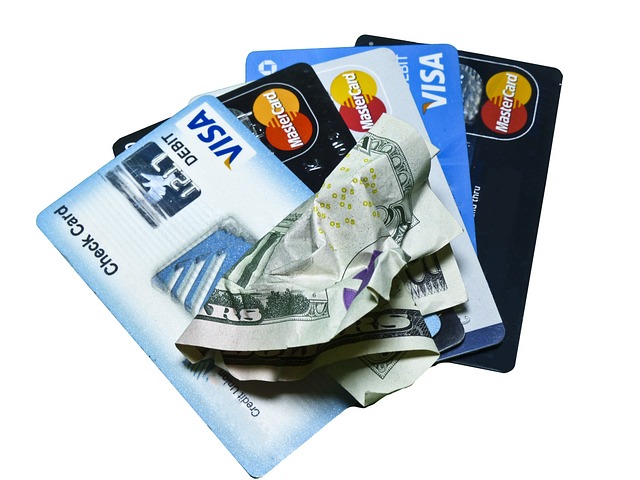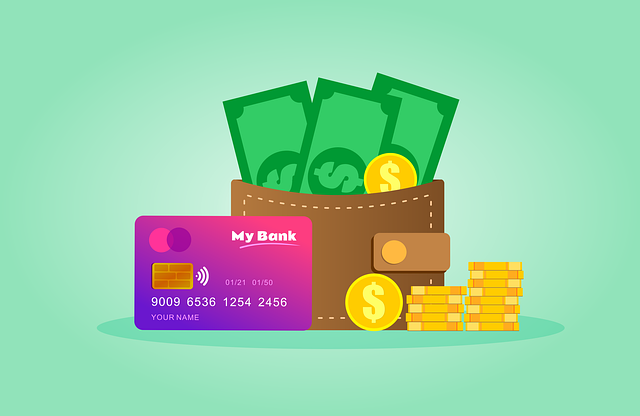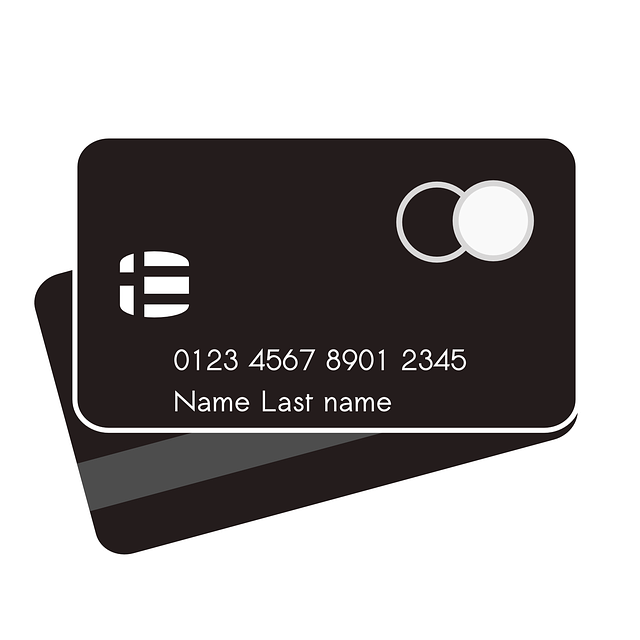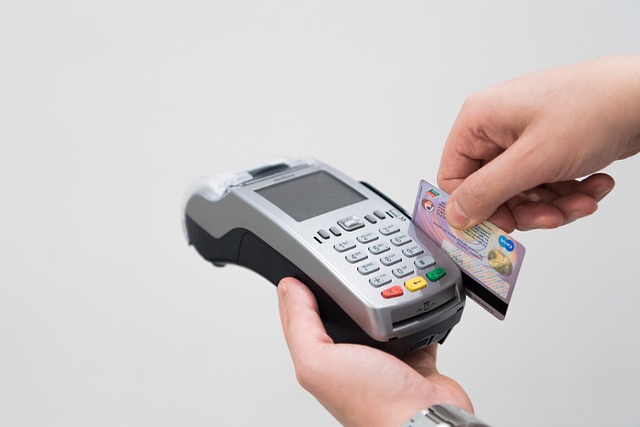Credit Card Debt Consolidation simplifies managing multiple high-interest credit card debts by combining them into a single, more affordable loan. It offers improved cash flow, financial control, and potentially lower interest rates. Traditional loans (secured or unsecured) and alternative platforms like Peer-to-Peer (P2P) lenders provide options based on creditworthiness and collateral. Government-backed programs, such as the Federal Direct Consolidation Loan, offer fixed-rate payments and cost savings. Non-profit organizations also aid in consolidation with lower interest rates and education to prevent future debt. Thorough research and understanding of fees are crucial for successful Credit Card Debt Consolidation.
Struggling with credit card debt? You’re not alone. Many individuals seek effective solutions for credit card debt consolidation. This article offers a comprehensive guide to ten diverse loan options designed to provide relief from overwhelming credit card balances. From traditional bank loans to innovative online platforms, we explore every avenue to help you regain financial control. Discover the best path forward with our detailed insights into credit card debt consolidation strategies.
- Understanding Credit Card Debt Consolidation: A Comprehensive Guide
- Exploring Traditional Loan Options for Credit Card Relief
- Alternative Lending Platforms: Peer-to-Peer and Online Lenders
- Government-Backed Loans for Credit Card Debt Management
- Non-Profit Organizations and Credit Card Debt Relief Programs
Understanding Credit Card Debt Consolidation: A Comprehensive Guide

Credit Card Debt Consolidation is a strategic approach designed to simplify and streamline multiple high-interest credit card debts into a single, more manageable loan. This process allows individuals burdened by numerous credit card payments to consolidate their debt, often at a lower interest rate, thereby reducing overall repayment costs and simplifying the repayment process. By combining all outstanding credit card balances into one loan, borrowers can say goodbye to the hassle of tracking multiple due dates and minimize the risk of missing payments due to confusion.
Debt consolidation offers several advantages, including improved cash flow, as borrowers make just one monthly payment; enhanced financial control; and potentially lower interest rates, which can save money in the long run. It’s a comprehensive guide that provides clarity on loan options tailored for credit card relief, empowering individuals to take control of their finances and embark on a path towards debt-free living.
Exploring Traditional Loan Options for Credit Card Relief

For many individuals grappling with credit card debt, exploring traditional loan options can offer a viable path to relief and financial stability. One of the most common approaches is credit card debt consolidation, where borrowers take out a new loan to pay off their existing credit card balances. This strategy simplifies repayment by combining multiple cards into a single, often lower-interest, loan. By doing so, individuals can say goodbye to numerous monthly payments and potentially reduce overall interest charges.
Traditional loans for credit card debt consolidation are typically secured or unsecured. Secured loans require collateral, such as a car or home, while unsecured loans rely on the borrower’s creditworthiness. Lenders offer various terms and rates based on credit history and the loan amount. It is essential to compare different loan providers and understand the associated fees and conditions before making a decision, ensuring that the chosen option aligns with one’s financial goals and ability to repay.
Alternative Lending Platforms: Peer-to-Peer and Online Lenders

Alternative Lending Platforms, such as Peer-to-Peer (P2P) and online lenders, have emerged as viable options for those seeking Credit Card Debt Consolidation. These platforms connect borrowers directly with individual investors or other lenders, bypassing traditional financial institutions. This approach can provide access to funding for individuals with less-than-perfect credit, as these lenders often focus more on an individual’s income and repayment capacity than on their credit history alone.
Online lenders, in particular, streamline the application process, allowing users to submit their details and receive offers quickly. They may offer tailored solutions for debt consolidation, helping to simplify the management of multiple credit card debts by combining them into a single loan with potentially lower interest rates. This can be particularly beneficial for those looking to stabilize their finances and gain better control over their Credit Card Debt Consolidation journey.
Government-Backed Loans for Credit Card Debt Management

If you’re struggling with credit card debt, government-backed loan programs can offer a viable path to relief and consolidation. These loans are designed specifically for individuals seeking to manage and reduce high-interest credit card obligations. One popular option is the Federal Direct Consolidation Loan, which allows borrowers to combine multiple federal student loans or direct loans into one manageable payment with a fixed interest rate. This streamlined approach can significantly simplify repayment and reduce costs associated with managing several cards separately.
Additionally, the U.S. Department of Education provides direct loan programs like the Direct PLUS Loan, enabling eligible borrowers, including parents and graduates, to consolidate credit card debt alongside other federal education loans. These government-backed loans often come with flexible repayment plans and potentially lower interest rates compared to private lenders, making them attractive options for those looking to gain control over their credit card debt and embark on a consolidation journey.
Non-Profit Organizations and Credit Card Debt Relief Programs

Non-profit organizations play a significant role in assisting individuals grappling with credit card debt. Many such organizations offer specialized programs aimed at providing relief and managing debt effectively. These initiatives often focus on credit card debt consolidation, where multiple debts are combined into one loan with a lower interest rate, making repayment more manageable.
Through these programs, non-profits help participants create structured repayment plans, negotiate with creditors, and even provide educational resources to prevent future debt accumulation. The primary goal is to empower individuals to regain control over their finances, offering a fresh start and long-term solutions for managing credit card debt.
If you’re struggling with credit card debt, there are numerous avenues to explore for relief. From traditional loans to alternative online platforms, government initiatives, and non-profit programs, various options offer tailored solutions for credit card debt consolidation. Each method has its advantages and considerations, so understanding these alternatives is key to finding the best fit for your financial situation. With the right approach, you can take control of your finances and move towards a debt-free future.















